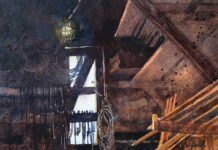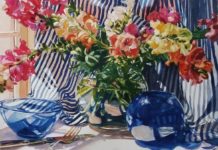What type of brush is good for painting with watercolor? Is there a special paper to use? Is it okay to leave your watercolor brush sitting in water?
Artists of all levels learned the answers to these questions and many more during Beginner’s Day of Watercolor Live this year. We came together from every state in America with plenty of international friends as well to discover new and time-tested tips for painting with watercolor.
“I will be viewing this more than once! Worth the price of admission!” ~Nancy B.
Eric Rhoads and Kelly Kane are hosting the event, which takes place through Saturday, January 28. This year, we learned on a fresh new platform with more bells and whistles than ever before.
On our first day, we enjoyed beginner-level how-to painting sessions, access to the faculty painting auction, and bonus instruction from some of our sponsors, including special sessions with Blick Art Materials featuring Julie Swanson Davis and Ashley Nordin; Famous Artists School featuring Thomas Schaller; Royal Talens featuring Vic Von S.; Cheap Joe’s; and Raphael featuring Andrew Cook.
Replays are available, so visit WatercolorLive.com today and catch up on what you might have missed, including the following highlights from Beginner’s Day:
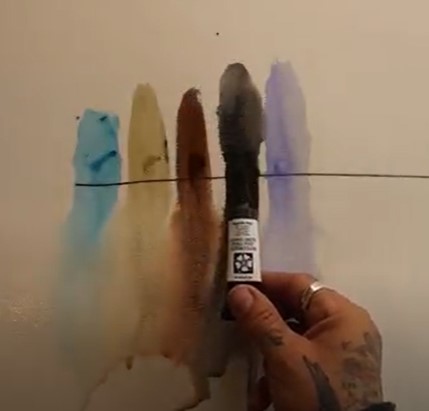
Gabriel Stockton led us through a session that covered easels, surfaces, brushes, and – his favorite element – the paint itself.
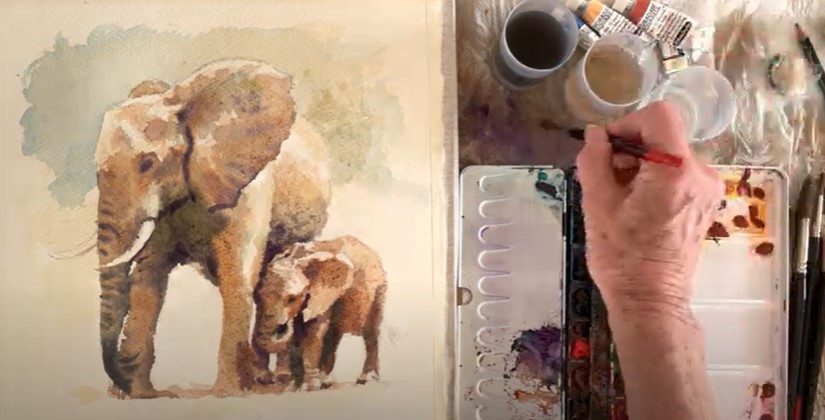
“In watercolor, we can’t actually paint the light because the white paper is the light,” explained Hazel Soan in her workshop. “You cannot paint the light. You have to paint around the light by using tints and shades.”
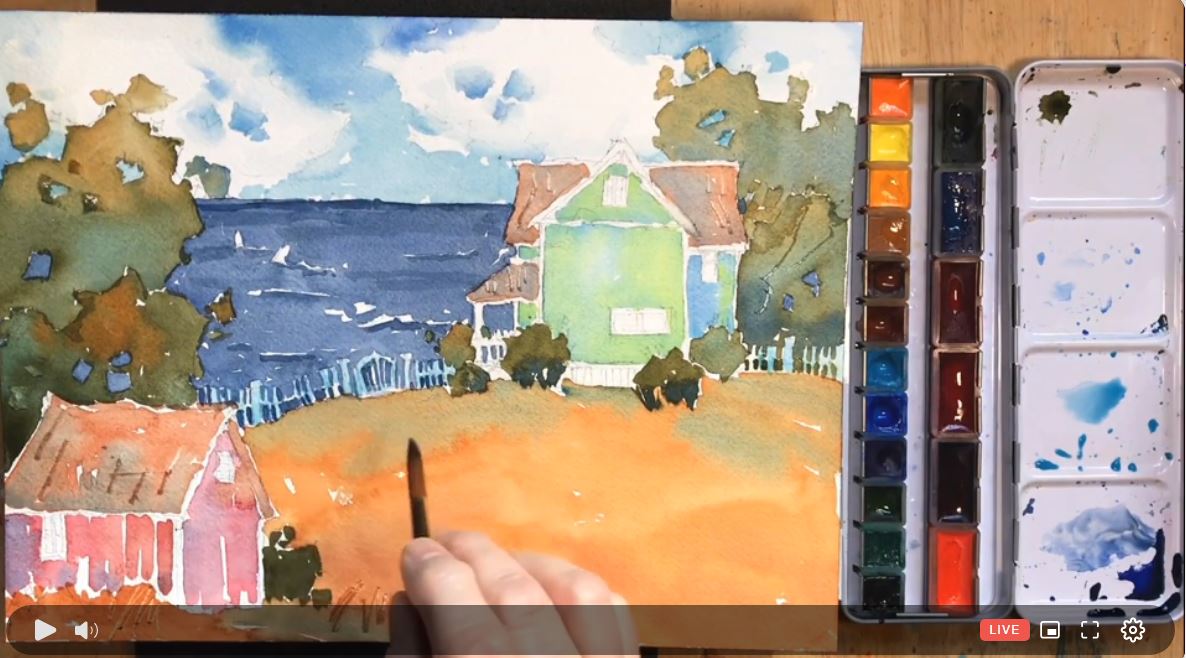
Joyce Hicks taught us how to use the power of color to transform a gray, cloudy day into a bright, sunny scene with considerations of color temperature and value.
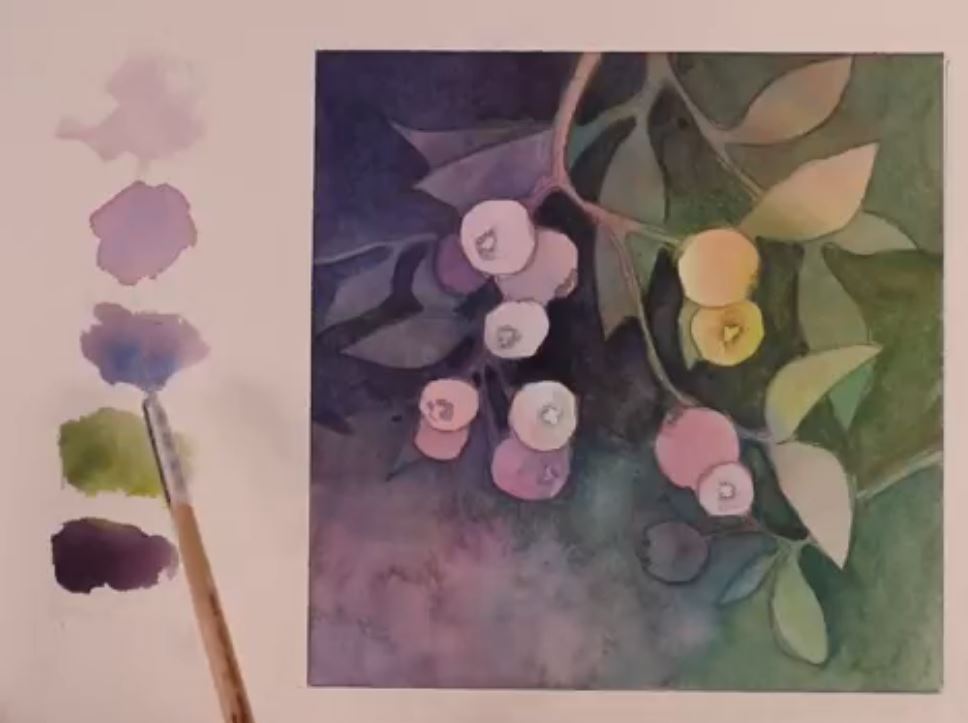
“Watercolor Live is a wonderful opportunity for you to explore different ideas when working with watercolor to make it your own,” said Linda Kemp, who joined us from Southern Ontario, Canada. Linda led us through a paint-along session on the concept of negative painting for beginners, including the easiest way to start.
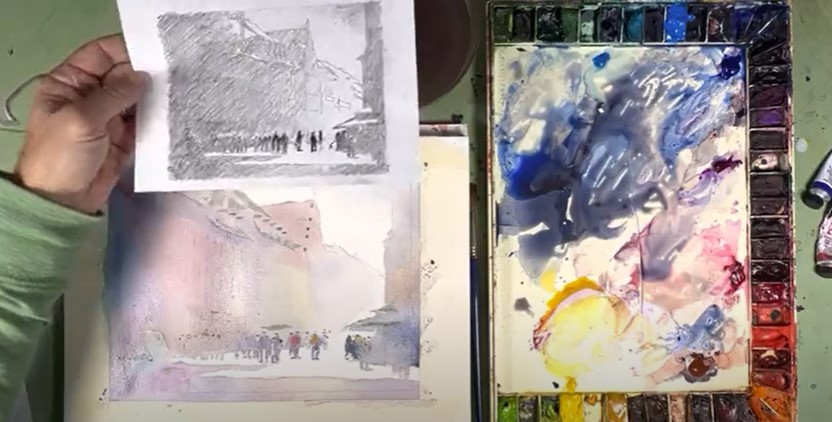
Peter Jablokow started with two explanations of what composition is, then took a reference photo and used a watercolor wash to create a composition. He said it takes time to understand composition and shared some of the best ways to learn it.
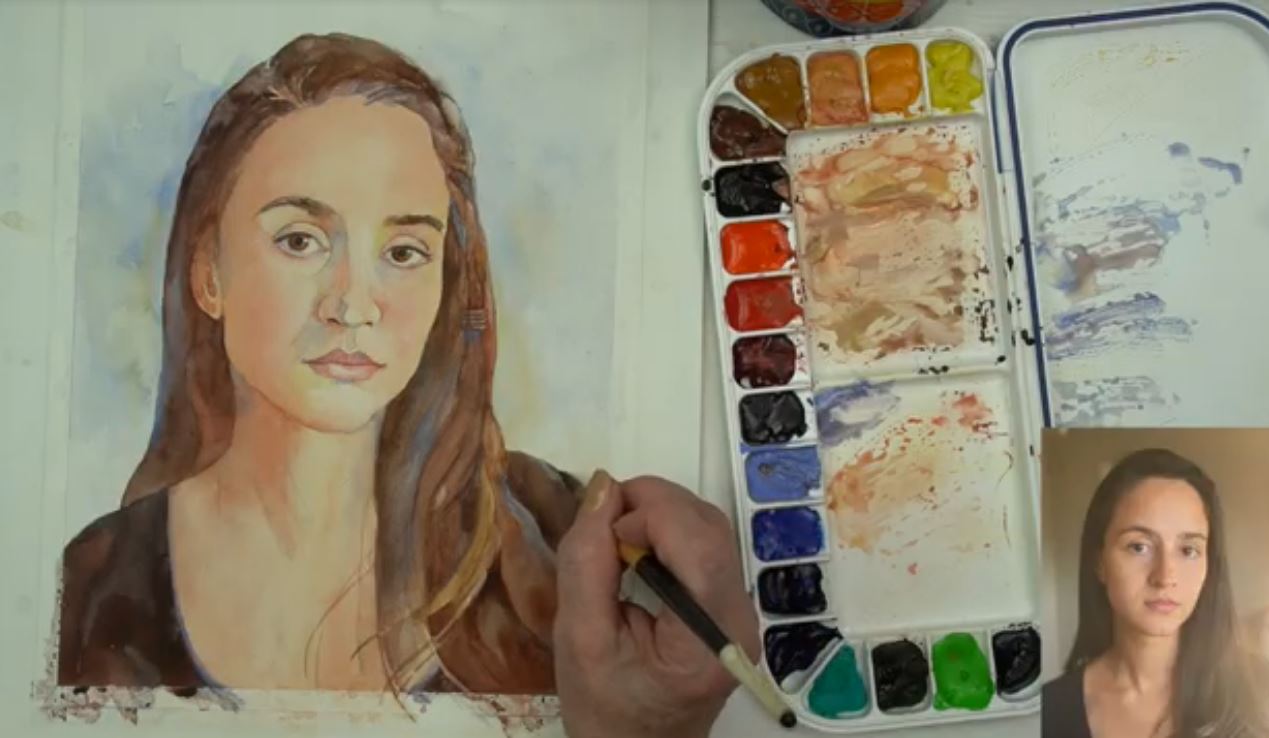
Cindy Briggs, who comes from a family of artists, demonstrated how to paint a portrait in watercolor, start to finish, including layering and blending colors, and “getting those beautiful transitions.” To use a photo reference, Cindy says: “Utilize natural light or set up lighting. Take a lot of photos to get a wide selection.”
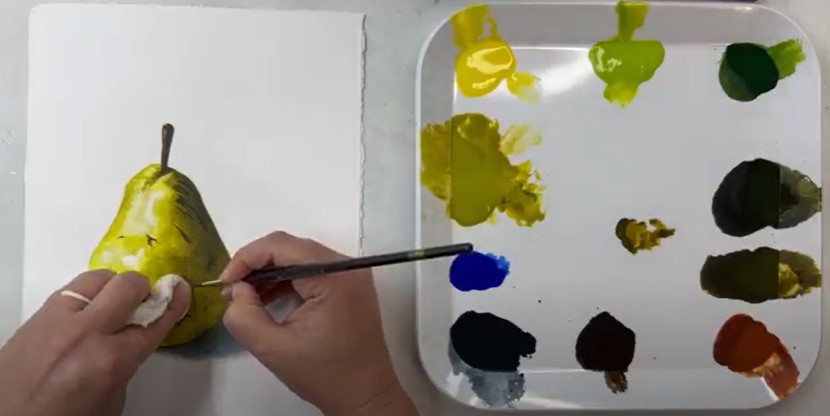
Lynn Pratt started out as an architectural artist, then picked up watercolor as a hobby. As she fell in love with it more and more, she began to dedicate her life and career to the medium. In her session, she demonstrated how to paint a still life of a pear from a reference photo.
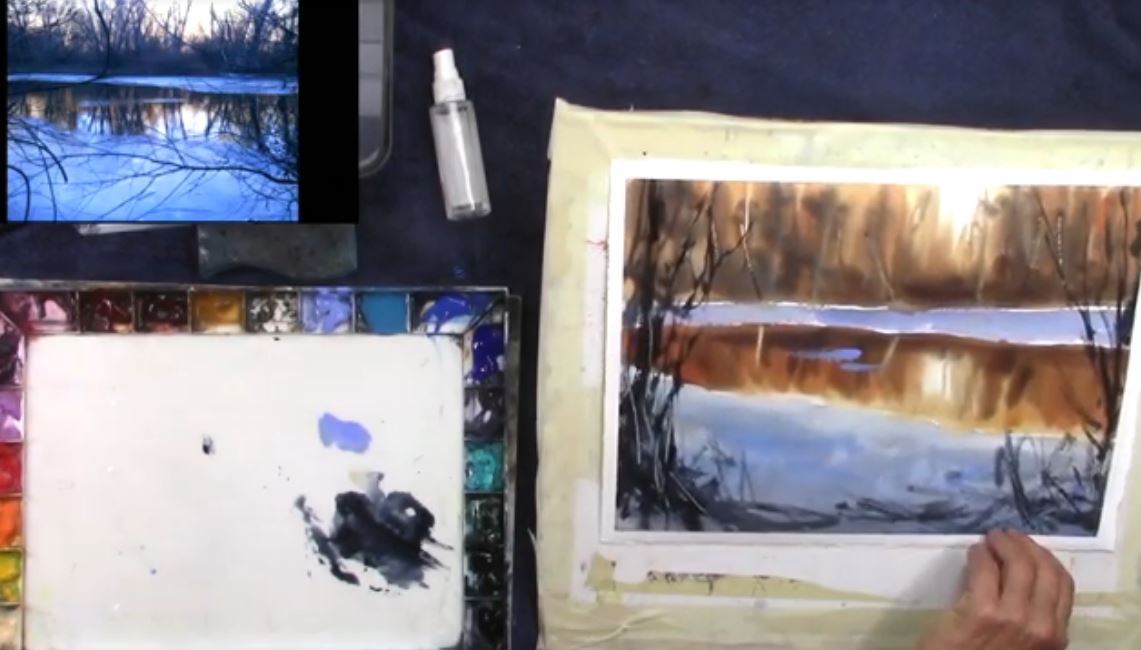
Sarah Yeoman said she’s fortunate to live in southeastern Pennsylvania, or “Andrew Wyeth” country. For her demo, she painted a landscape scene of a river to show you how you can “sneak up” on a painting by truly creating it step by step, one section at a time.
Of course, we wrapped up the evening with the infamous Cocktail Hour / Paint Along, during which attendees shared their works, their stories, and their love of watercolor.
There’s still time to join us for Watercolor Live! Register today and get access to all the replays you may have missed, and still learn from the world’s top watercolor artists now through Saturday, January 28!
***
Browse more articles here, including Creative Kickstarts


